il Berries tal-goji they are the fruit of plants lycium barbarum u lycium chinense. It is a small fruit much appreciated for its undoubted nutritional properties and the benefits it brings to our health. These berries have a very ancient tradition in the areas of origin. They grow spontaneously and are used both in food and in folk medicine. More precisely, goji berries originate from the Far East, in an area between the valleys of the Himalayas, Mongolia, Tibet and the Xinjiang region of China. Their anti-aging properties are now well known, so much so that they are also called fruit of longevity.
We therefore know better these small red fruits and their nutritional characteristics.
Identification of goji berries
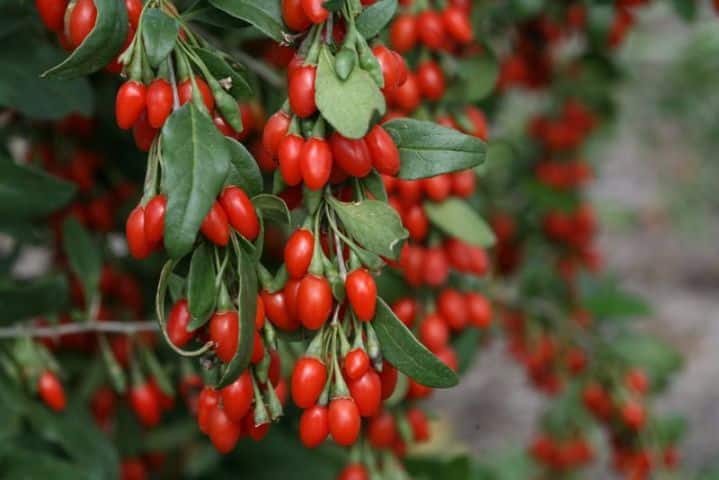
lycium barbarum
Hemm goji berry family hija dik ta ' Solanaceae. Many other plants of our interest belong to this large family, among these the best known are the tadaml- patatal- brunġiell- bżar ħelu.
There are two main species of goji berries: the lycium barbarum u l- lycium chinense.
Hemm lycium barbarum it is the most cultivated and commercialized, both for the organoleptic qualities and for the properties of the berries. For this reason the fruit of the lycium chinense tissejjaħ false goji.
Goji producing countries
IL major goji berry producing countries are those of the areas of origin and those of Asia in general. For some years, however, the cultivation of the plant has also begun in Italy, with high quality organic productions. When we buy these precious berries, it is essential to choose them organic, and it is also good to make sure that they come from our country (we will understand why later).
Goji history and legend
It is well known that among the longest-lived populations on earth are the inhabitants of countries such as Tibet and Mongolia. Many believe that the secret of their longevity lies in their diet, of which goji berries are one of the main elements.
In these two countries, these small red fruits are considered almost diamonds, and every year, during the harvest period, two weeks of celebration are celebrated.
A legend linked to the properties of goji berriesas an elixir of life, dates back to the 7th century, at the time of the Dinastija Tang. It is said that near a Buddhist temple in Tibet there was a well where, from time to time, goji berries naturally fell.
Over time, the water from the well became “miraculous”, giving the villagers long life and good health.
Traditional Chinese medicine has also used these berries for centuries. In particular they are considered an excellent Yin tonic, that is the feminine energy of receptivity and calm. Goji berries are believed to have the ability to regenerate very important internal tissues and organs, such as the heart, kidneys and lungs.
In Turkey, another major producing country, these berries have always been used for their diuretic properties.
Goji berry picking
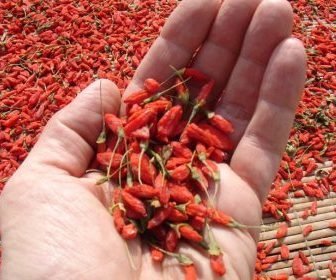
Berries goji imnixxfa
The goji berry shrub is perennial and deciduous. In Europe it blooms from Ġunju għal Settembru and the berries are produced from Awissu għal Ottubru forwarded. It is a very delicate fruit, so it must be picked by hand and several times. The difficulty of this method of collection justifies its high value and high market price.
The berries are eaten fresh, but also and above all dried. Fresh berries have a more acidic flavor, very similar to that of tomatoes. The drying, on the other hand, takes place in the sun, a bit like it happens for the dry tomatoes.
To get the berries dehydrated, simply place them on a grill and leave them in full sun for 2/3 days.
Once dried, they can be stored in a cool and dry environment for up to a year.
Food properties of goji berries
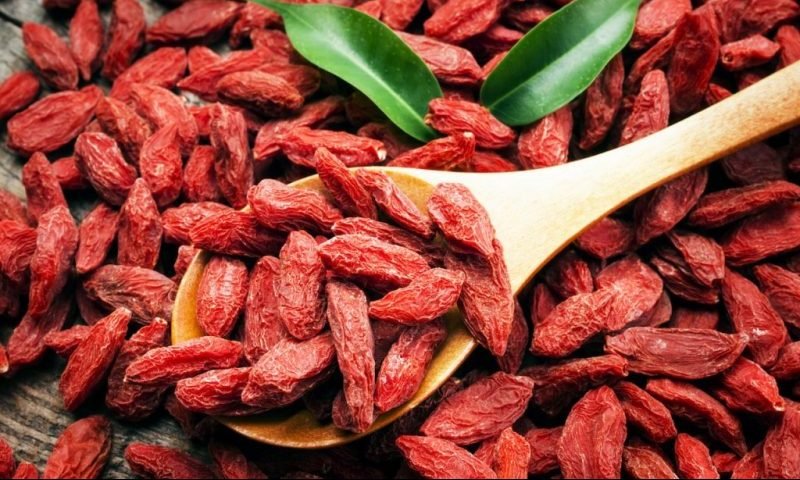
Dehydrated goji berries
Goji berries have truly unique nutritional properties.
Speaking of dried berries, let’s first see how they are rich in mineral salts. For 100 g we have 50 mg of potassium, 192 mg of sodium, 112 mg of calcium, 9 mg of iron. Just to be clear: 100 g of ispinaċi they contain only 2.3 mg of iron per 100 g.
Other important minerals contained are germanium and selenium, and they are also an excellent source of chromium, an essential trace element.
They are also very low in fat, do not contain cholesterol, and ensure a good supply of sugars, carbohydrates and proteins. Finally, they are rich in dietary fiber.
Calorically, they contain 321 kcal per 100 g, therefore an excellent energy source.
Fresh berries also have a high content of Vitamin A and C.
Other elements contained in goji berries are essential fatty acids, including linoleic acid and linolenic acid. They have different phytosterols, beta-carotene and 4 other carotenoids.
What goji berries contain
Let’s understand now what goji berries contain so as to understand where the benefits for our body come from. First, however, we specify the suggested daily intake. Nutritionists recommend consuming 15 to 45 grams of dried berries. Alternatively, you can consume 30 grams of fresh berries or 120 ml of juice.
Another note is that dried berries, before consumption, can be rehydrated by simply putting them in water.
Within this fruit we find the following minerals:
- Germanium: among the minerals contained, germanium is indicated in the prevention of tumors. It is, in fact, a “trace” mineral capable of reducing the electrical potential of cancer cells. At the same time, it enhances the activity of “Natural Killer” lymphocytes (NK cells), which are very important in the functioning of the immune system.
- Ħadid: the high iron content inside goji berries is essential against anemic states. Iron, in fact, allows the synthesis of hemoglobin, a globular protein that plays a role in transporting oxygen to blood cells.
- Selenju: Another health beneficial mineral contained in goji berries is selenium, an excellent anti-aging agent. This substance allows to fight free radicals, responsible for the aging of cells. Another function of selenium is to limit the damage produced by toxic metals (for example mercury), often also contained in food.
In this case, selenium performs a protective function, acting as an antagonist. - chrome: chromium is an essential trace element, able to perform an important function in the metabolism of carbohydrates, proteins and fats, thus promoting weight loss. It also enhances the action of insulin (it is in fact defined “insulin cofactor”), regulating blood sugar and, consequently, appetite.
Many studies show that the presence of organic chromium helps prevent hypoglycemia and diabetes, caused respectively by excess and insufficient insulin.
The benefits of goji berries
In summary, i benefits of goji berries huma dawn li ġejjin:
- Livelli ta 'enerġija miżjuda
- Reduction of the sense of fatigue and improve recovery after an effort
- Attività anti-infjammatorja
- Contrast of free radicals
- Prevenzjoni tad-dijabete
- Maintenance of youthful skin
- Telf ta 'piż
- Stimulazzjoni tas-sistema immuni
- Liver aid
- Improved sleep and concentration
- Eyesight protection
Organic goji berries
As we have mentioned, it is of fundamental importance to buy goji berries produced organically.
In the major producing countries, given the high value of the berries, it was unfortunately decided to focus more on quantities and yields than on quality. Many of these berries are therefore produced using chemical pesticides, which are certainly not good for our body. This means that most of the world’s production is potentially subject to the use of these substances.
Fortunately, these fruits can also be grown organically and there are many organic producers on the market today. These produce high quality fruit.
Uħud minn dawn organic goji berries l- jinstab hawnhekk.
Parir
Finally, a piece of advice: watch out for the label and the provenance of the goji berries. Always remember that local organic productions should be preferred to imported ones, given that in our country, and in the European Union in general, the controls on the quality and improper use of dangerous pesticides are higher.



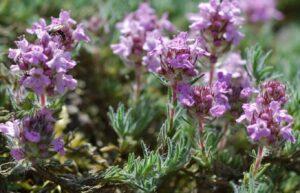
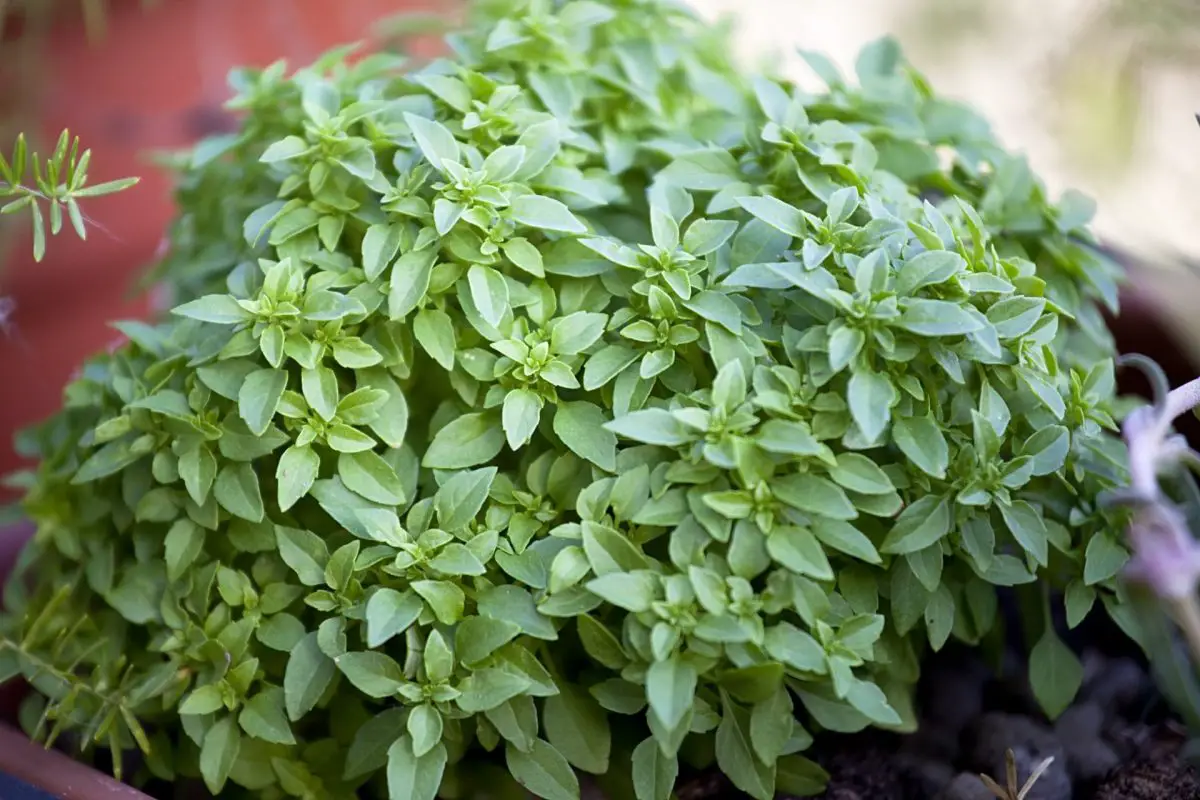
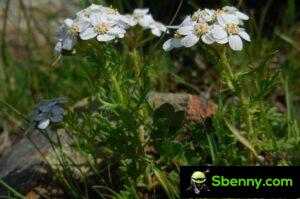
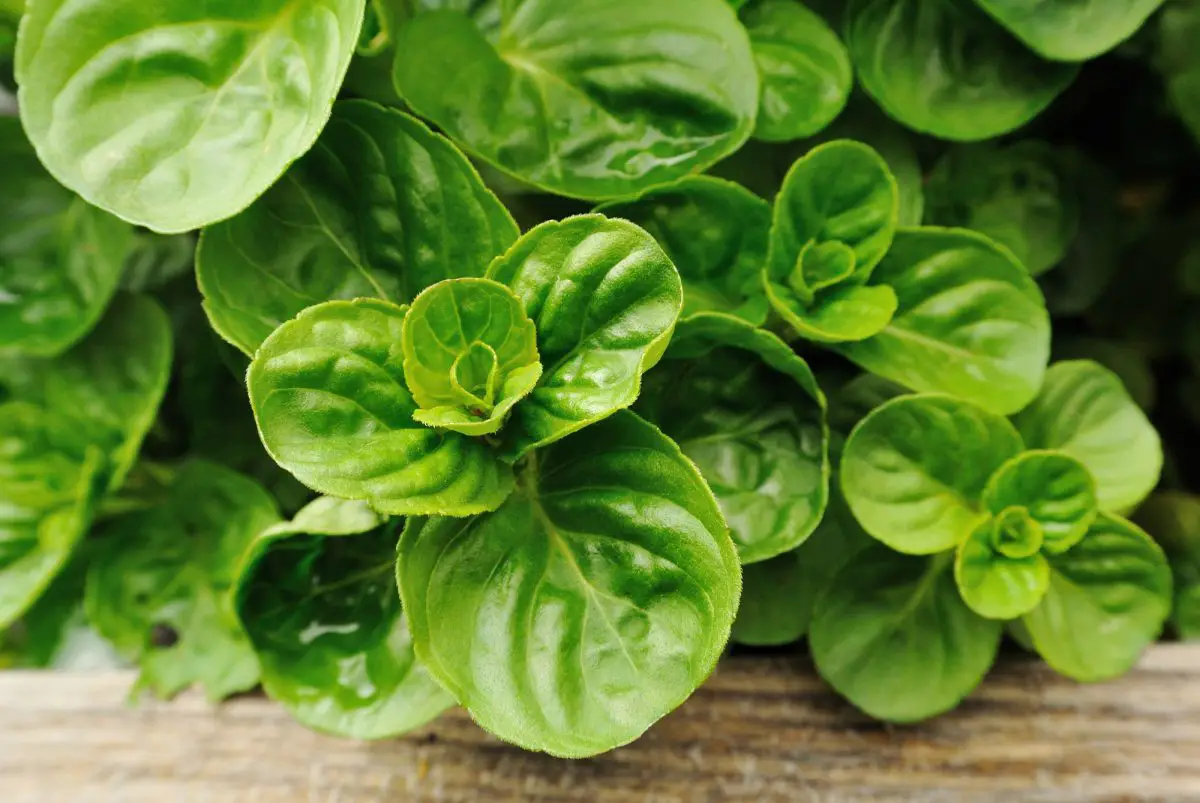
Ibda Thread ġdid